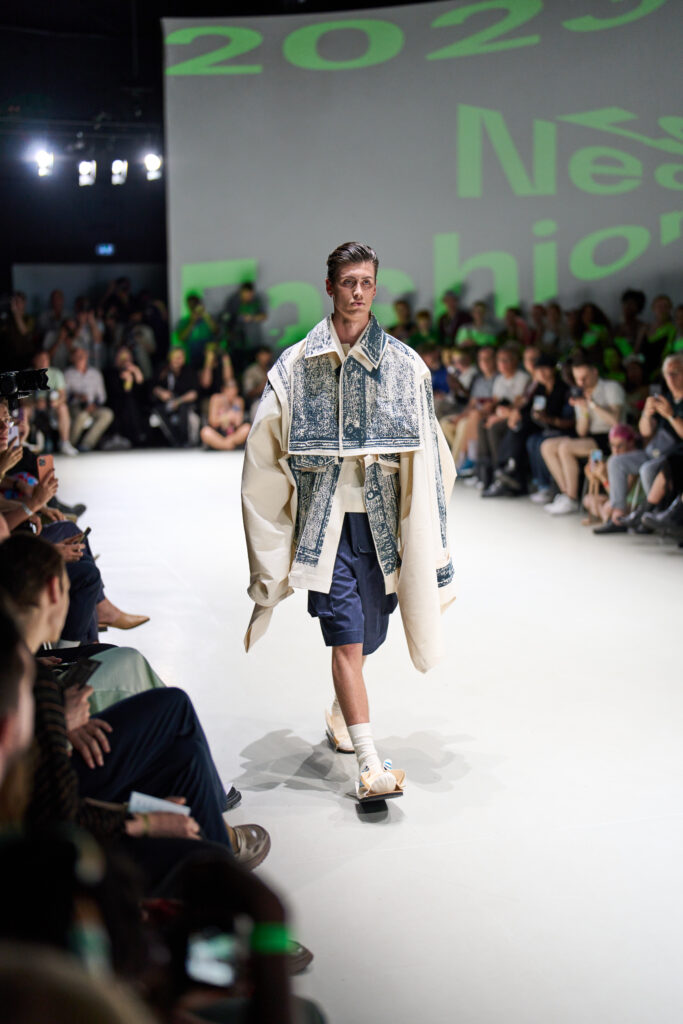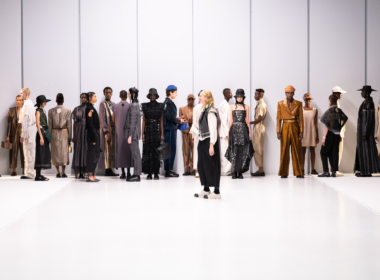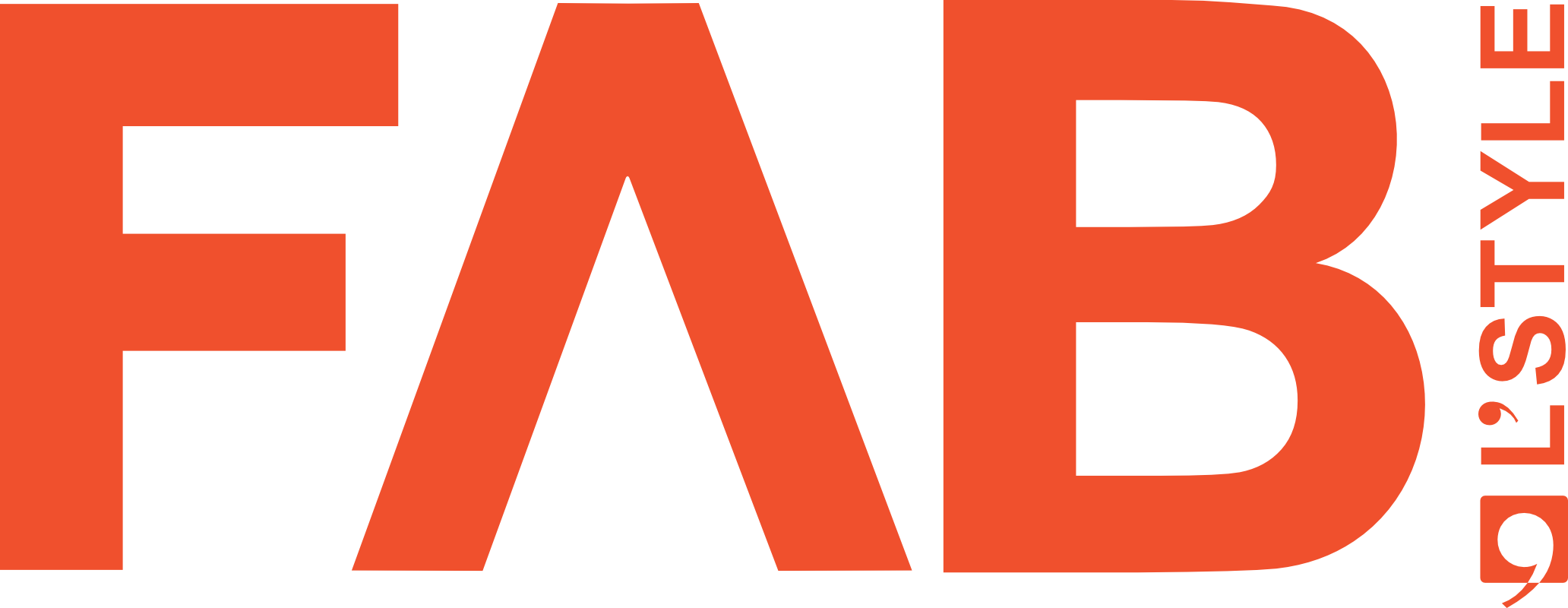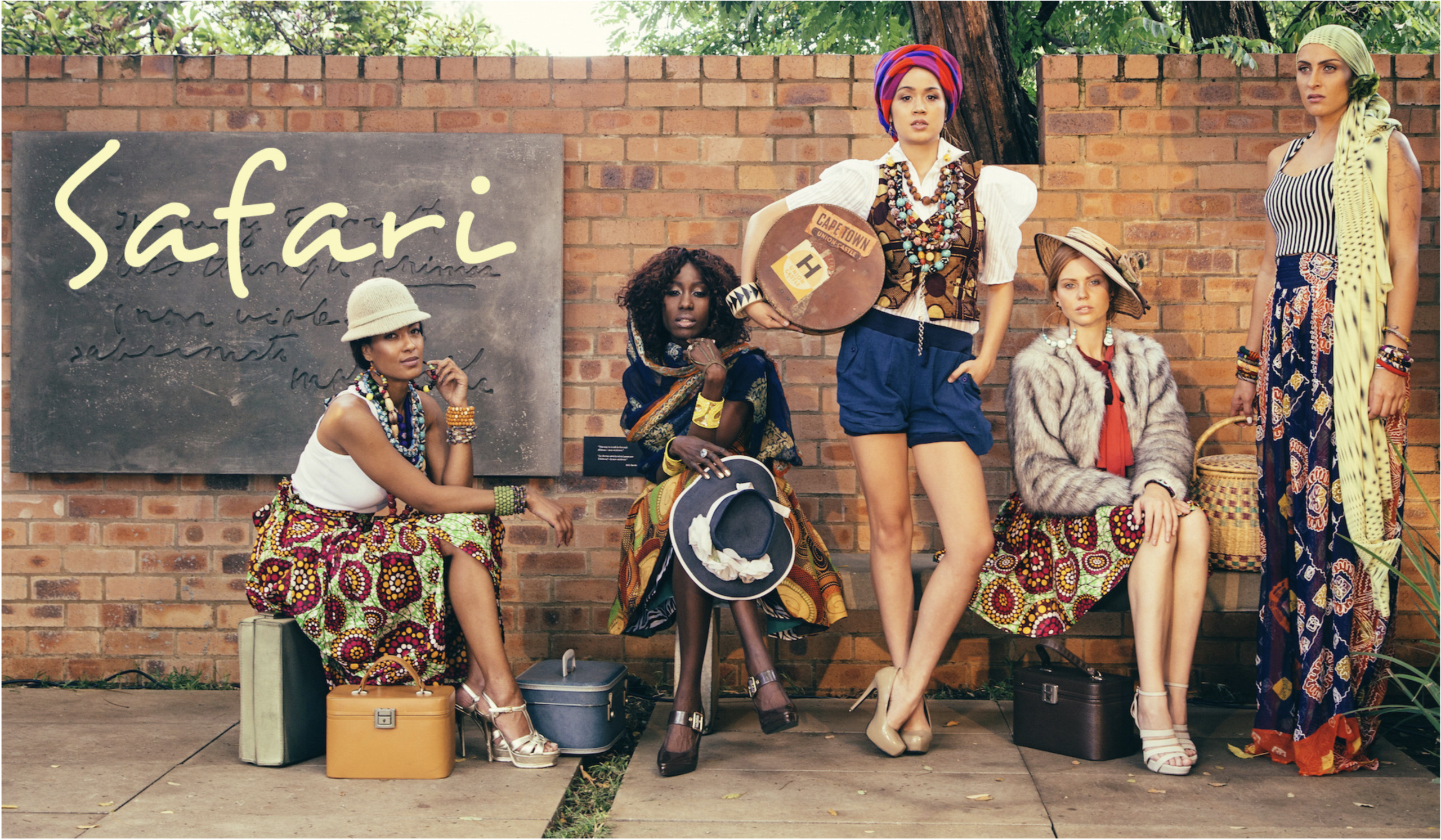In a thrilling journey from student designer to Neo.Fashion Award 2023 winner for Best Design, Fabia Meyer shares her remarkable insights in this exclusive interview. She shares her unique perspective on fashion design, cultivated through a diverse academic background. Find out how sustainability and technology is seamlessly integrated into her award-winning design, challenging the very essence of wearability.
Fabia Meyer: I can’t think of a specific moment, but I think my perspective on design is a result of pursuing my own interests, having the ability to develop independent ideas, having courage, and enjoying experimental work. Generally, I think these factors are an important foundation for shaping your own specific style when studying fashion design. During my studies, I was very curious to try out other disciplines at my university, such as illustration and digital media. The various possibilities were great to develop.
For me, researching in other fields, expanding knowledge, and gaining new perspectives were essential to coming back to fashion and exploring new approaches. I especially like to challenge the meaning of clothes and the idea of wearability, transformation, and changeability within a garment.

FAB: The fashion industry has been evolving rapidly, with sustainability gaining prominence. How do you incorporate sustainability values into your designs?
Fabia Meyer: Taking action on sustainability is indeed very important, and when studying fashion design, you are inevitably confronted with it. When thinking about a future career, I found myself feeling helpless and torn between not wanting to be part of an exploitative industry and still wanting to work in fashion and develop clothes. Sustainability is not yet officially incorporated into the studies at my university, but we were always motivated to develop solutions individually within our projects.
I like the idea of changeability or modularity and tried to incorporate these aspects in my work, which I think can be, apart from important solutions like, for example, circularity, an important approach to sustainability, too. The possibility to change shapes, lengths, or details offers the opportunity to wear clothes and accessories on different occasions.

FAB: Your participation in various exhibitions and shows demonstrates a proactive engagement with the fashion community. Please share how these experiences have shaped your understanding of the industry and its evolving trends.
Fabia Meyer: For me, collaborating with other students on various projects or organising group projects was a very important and beautiful experience because different people with different skills and inputs came together and created something new together. As I just recently graduated, I do not have much experience in the professional fashion industry yet.
However, I think it is very important to show your student projects and present yourself early on because it is an important aspect apart from designing and being creative. For example, in the small city where I studied, we presented experimental bags in random store windows for a week or fashion performances like our yearly fashion show being staged outdoors in the city center. I like this way to draw attention to fashion and art, making it more approachable for other people by integrating it in a daily context.
FAB: Your work has been showcased in various exhibitions and shows, including the Best Graduates Show at Berlin Fashion Week. Any profound experiences or memories for you?
Fabia Meyer: I think Neo.Fashion within Berlin Fashion Week is a good platform for graduates and aspiring designers to present themselves, and I am glad that my university gave me the opportunity to show my master collection there. It is a great opportunity to get an idea of the professional environment of a fashion show. Something that I was always intrigued by were “wow” moments on the runway, in the way that something transforms or changes, making it stand out. Having those changeable or transformable aspects in my work, I like to present them like this on the runway to add a little twist and to emphasise the idea of the collection.

FAB: You won the Neo.Fashion.Award 2023 for Best Design, a remarkable achievement. Take us behind the scenes of the design that earned you this recognition. What was the inspiration and creative process behind it?
Fabia Meyer: I was always fascinated by the relationship between textiles and the human body and how they interact and affect each other. Looking at evolving trends like digitization, I asked myself the question: How is our experience with clothes affected when perceived digitally via a two-dimensional screen?
At the beginning of my research, I started by analysing how the value of clothes is being determined. What is more important, the visual or the haptic value? In digital culture, measurement is rendered as pictures and information. Especially when buying clothes online, the haptic experience cannot be considered. After my research, my key assumption was that dealing with pictures and information alienates the physical surroundings and the physical body.
In the design implementation, I developed clothes that can take on the state of a three-dimensional garment on a flat surface. A self-developed draping technique allows for these two options; this is achieved by slits that are positioned in a certain way on the fabric. These slits can form a flap, which can be folded and pushed through another slit, forming a detail, pocket openings, sleeves, etc. This state is not permanent and can be dissolved again into a flat surface, which requires a haptic engagement with the textile material.
For each piece, I started by analysing the important details of the specific garment I wanted to create. For example, examine elements like colour, material, and details that are essential for the “readability” of a piece of clothing. How much can they be distorted or alienated? When dissolved into a flat surface, the garment’s details, like seams, stitching, or print, are fragmented.

FAB: You are proficient in languages like English and German and in software like Adobe Illustrator and CLO3D. It reflects a well-rounded skill set. How do these linguistic and technical capabilities contribute to your creative approach?
Fabia Meyer: In the beginning of the process, I like to work in an analogue way, like printing out, cutting out, sketching, creating collages or little mock-ups, drapes, or textile experiments. It is only later, when it comes to translating an idea or design into real-size clothing, that the said software comes into play when creating patterns or technical drawings.
For me, CLO3D is not yet suitable for experimental draping in the way I like to work, but it is a great way to try out different lengths, shapes, and materials, thus not having to produce another physical test piece. Which is definitely a great solution for saving material resources.
FAB: The intersection of fashion and technology is becoming increasingly evident. How do you see technologies like 3D composition and photogrammetry impacting the future of fashion design, and how do you incorporate them into your work?
Fabia Meyer: I think technologies like photogrammetry are already used or at least trialled in e-commerce to create personal 3D avatars through body scans to help reduce the number of return. The most common reason for returns is the fit. Setting up a virtual fitting room where an avatar with your exact measurements can try on digital equivalents of clothes you want to buy is actually a clever idea, and I am curious how this will develop further.
I once experimented with the software and dealt with the analysis of error sources in photogrammetry. For a good result from a 3D scan, many different factors play a role. Typical sources of error are motion, light, reflecting surfaces, textiles, and hair structures. I experimented with movement, the body, and clothes, and in this project, I tried to find a new approach to fashion in the digital era.
FAB: As an intern at Chalayan in London, you had the opportunity to work with a renowned designer. Can you share a moment from your experience that left a lasting impression on your creative approach?
Fabia Meyer: The internship at Chalayan and the time in London were amazing! I always loved his approach to conceptual design and how he integrated artistic elements into his work. I had the opportunity to get an in-depth look at how a studio is organised, which I really enjoyed, and I felt like I was really part of the team. It was very familiar because we were a small team that worked very closely and intensively together. I really liked how creative the work was.
From what I have learned, I think that nowadays, as a designer in a bigger company, you have less time to really design. I hear that from fellow students who are already working in the industry. I dream of a nice little studio sometime in the future to realise my ideas as well, but for now I want to gain more practical knowledge and prove myself as a designer.

FAB: As a forward-thinking designer, what’s your vision for the future of fashion, both personally and as part of the industry’s evolution?
Fabia Meyer: I think, like any graduate, you are motivated, excited, and passionate about the whole new world of opportunities that are opening up to you in the first place. I can imagine that after entering the industry, many are disillusioned with the structures and the way the fashion industry works.
I would like to see a more transparent and sustainable fashion industry, and I believe that this goal is achievable with the right values. We need to be aware of our environment and conscious of what we are consuming.
For the future of the fashion industry, I hope that aspects such as repair or craftsmanship will become more important and that circular business models will become established. I’m excited to see what technological development will bring, and I’m also interested in how technology and craftsmanship can be combined, because I think it’s very important to continue to include people as creative beings. You Need These 8 Fashion Show Ideas To Wow Your Audience.











